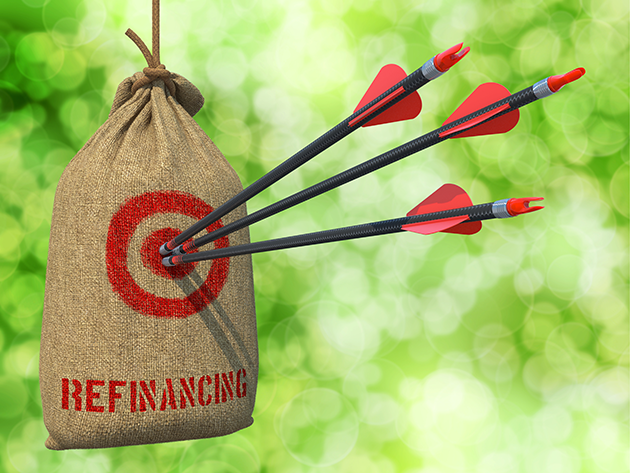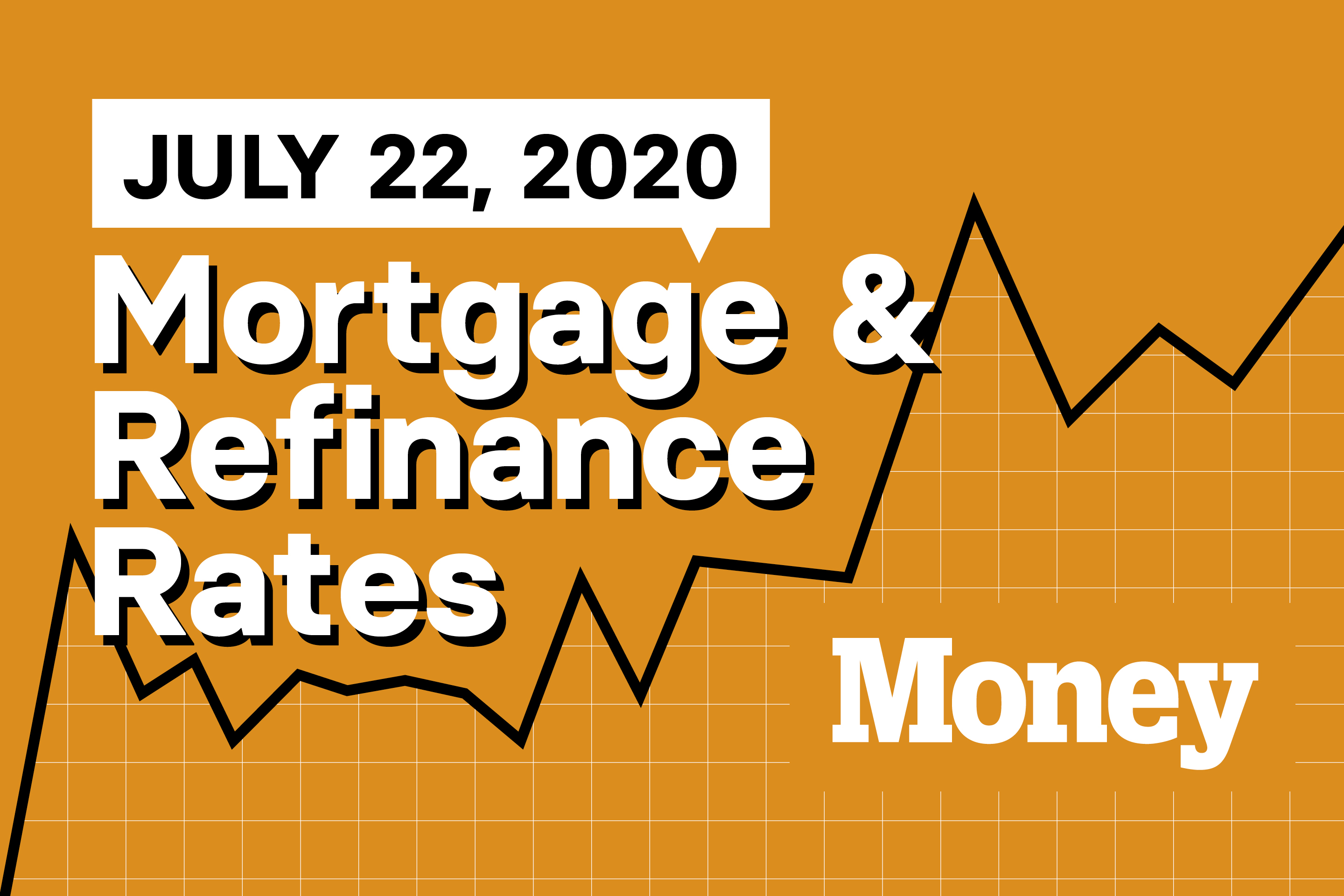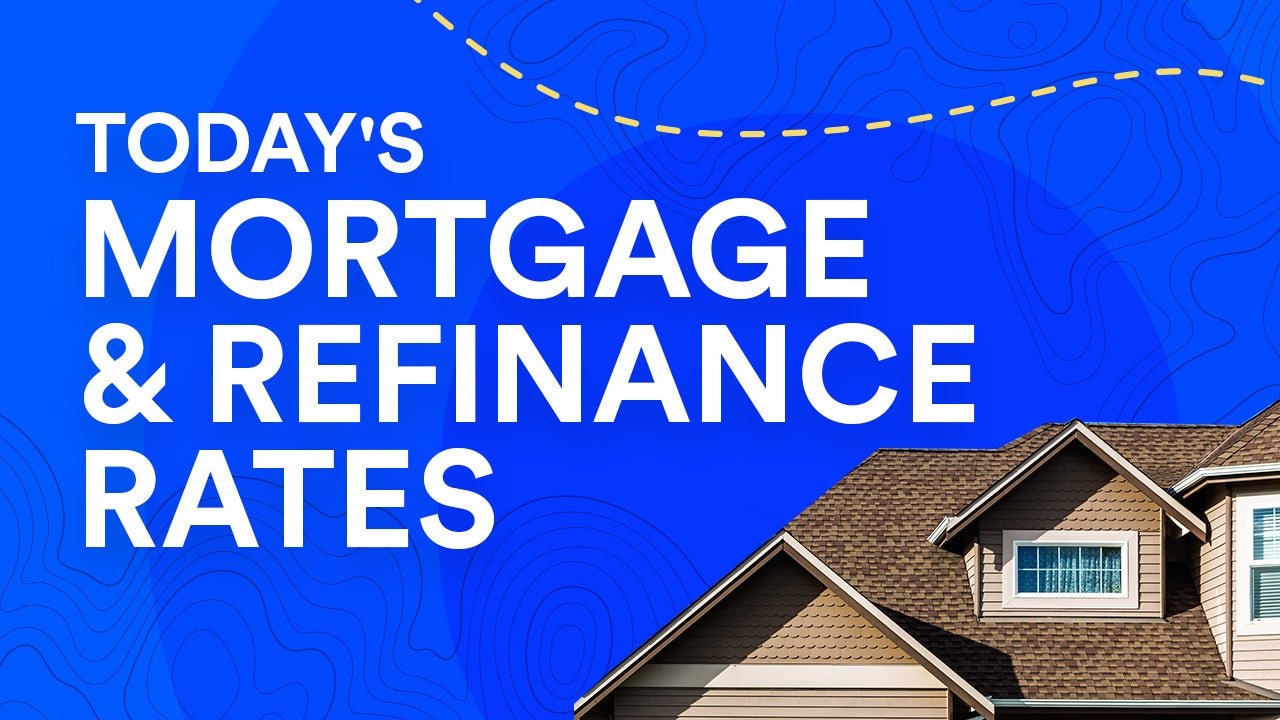Table of Content
Mortgage rates, in general, are determined by a wide range of economic factors, including the yield U.S. Treasury bonds, the economy, mortgage demand and the Federal Reserve monetary policy. This means time is running out for homeowners who hope to lock in a lower interest rate by refinancing. Experts are forecasting that the 30-year, fixed-mortgage rate will vary from 4.8% to 5.5% by the end of 2022. Interest rate – This is simply the percentage rate paid over the life of the loan.
There are also no credit score minimums for USDA or VA refinances; however, lenders might apply their own standards to these refinances. You can bump up your credit score by paying off credit card debt and reducing how much you use your cards. If you do use credit cards for rewards and points, try to pay them off immediately—don’t wait for your monthly statement to come in because your score can change daily.
Refinance Rates & Loans open
Estimated monthly payment and APR calculation are based on a down payment of 3.5% and borrower-paid finance charges of 0.862% of the base loan amount. Estimated monthly payment and APR assumes that the upfront mortgage insurance premium of $4,644 is financed into the loan amount. The estimated monthly payment shown here does not include the FHA-required monthly mortgage insurance premium, taxes and insurance premiums, and the actual payment obligation will be greater.

When you refinance frequently or sell your home soon after refinancing, you may not experience enough savings to justify the upfront fees. We have hundreds of thousands of customer reviews that may help you find a mortgage lender that you’re comfortable working with. It's a good idea to lock the rate when you're approved for a mortgage with an interest rate that you're comfortable with.
What’s the difference between APR and interest rate?
The cost to borrow money expressed as a yearly percentage. For mortgage loans, excluding home equity lines of credit, it includes the interest rate plus other charges or fees. Refinance rates change daily, and can vary widely depending on your location, credit score, loan amount and property value. Here are some strategies to help you find the best refinance mortgage rate for your circumstances.

Although each lender has different requirements, generally all lenders will look at your credit score, debt-to-income ratio , income and home equity. Mortgage rates can change daily, and we'll help you keep track of the latest San Francisco, CA rates. Select a product to view important disclosures, payments, assumptions, and APR information as some rates may include up to 1.0 discount point as an upfront cost to borrowers. Please note we offer additional home loan options not displayed here. Closing costs on a mortgage refinance typically range from 2% to 6% of the home principal balance but varies based on your credit score and loan size, program and term.
Non-conforming mortgages
A cash-out refinance allows you to tap your equity by refinancing your mortgage. Because you're withdrawing cash from your home’s value, the new mortgage amount will be higher than your current loan. Lenders typically limit cash-out refinances to no more than 80 percent of your home’s value so that you still have some equity left in your home.
With a rate-and-term refinance, borrowers can reduce their interest rate, lower their monthly payments or shorten their term in order to pay off the loan faster. A shorter loan term can also save you lots of money in interest. A better credit score will help you secure a better rate and make your refinance even more cost-effective. If you're not happy with your credit score or the rates you're being quoted, work on boosting your credit first, then try to refinance again once you've improved it.
How to find the best refinance rates
Though it's unclear exactly what will happen next, if inflation continues to rise, rates are likely to climb. If inflation eases, rates could level off and begin to decline. Borrowers with FHA loans must refinance into a conventional loan in order to get rid of their mortgage insurance premium, which can save hundreds or thousands of dollars per year. Mortgage refinancing is when you replace one home loan with another in order to access a lower interest rate, adjust the loan term or consolidate debt. Refinancing requires homeowners to complete a new loan application and may involve an appraisal and inspection of the home.
Buying points upfront can help you save money in interest over the life of your loan, but doing so also raises your closing costs. It can make sense for buyers with more disposable cash, but if high closing costs will prevent you from securing your loan, buying points might not be the right move. If your credit is a bit tarnished, many lenders offer loans with lower down payment and credit requirements through the FHA.
Estimated monthly payment and APR assumes that the upfront mortgage insurance premium is financed into the loan amount. Estimated monthly payment and APR calculation are based on down payment of 20% and borrower-paid finance charges of 0.862% of the base loan amount. If the borrower-equity is less than 20%, mortgage insurance may be required, which could increase the monthly payment and the APR. Shopping around for quotes from multiple lenders is key for every mortgage applicant.

We believe everyone should be able to make financial decisions with confidence. To cut costs, that could mean some buyers would need to move further away from higher-priced cities into more affordable metros. For others, it could mean downsizing, or foregoing amenities or important contingencies like a home inspection. However, be careful about giving up contingencies because it could cost more in the long run if the house has major problems not fixed by the seller upon inspection. Cash-out refinances can meet many financial needs, such as financing home improvements, consolidating high-interest debt or paying for a child’s college education. Each Advertiser is responsible for the accuracy and availability of its own advertised terms.
If interest rate cost is an important factor for you, you might also consider an adjustable-rate mortgage . The most popular ARM is called the 5/1 ARM, which has a fixed rate for the first five years of the loan and then switches to an adjustable rate for the remainder of the 30-year loan term. When the loan hits the adjustable-rate period, it typically adjusts annually. If you’re eligible for a USDA or VA loan, you won’t need to put any money down.

The advantage of streamline refinancing is that there are minimal credit requirements and the loan processing is typically fast. A streamline refinance can also be less expensive than conventional refinancing. Some lenders offer streamline refinances with no upfront costs wherein the lender will pay some or all of the closing costs in exchange for a higher interest rate.

No comments:
Post a Comment